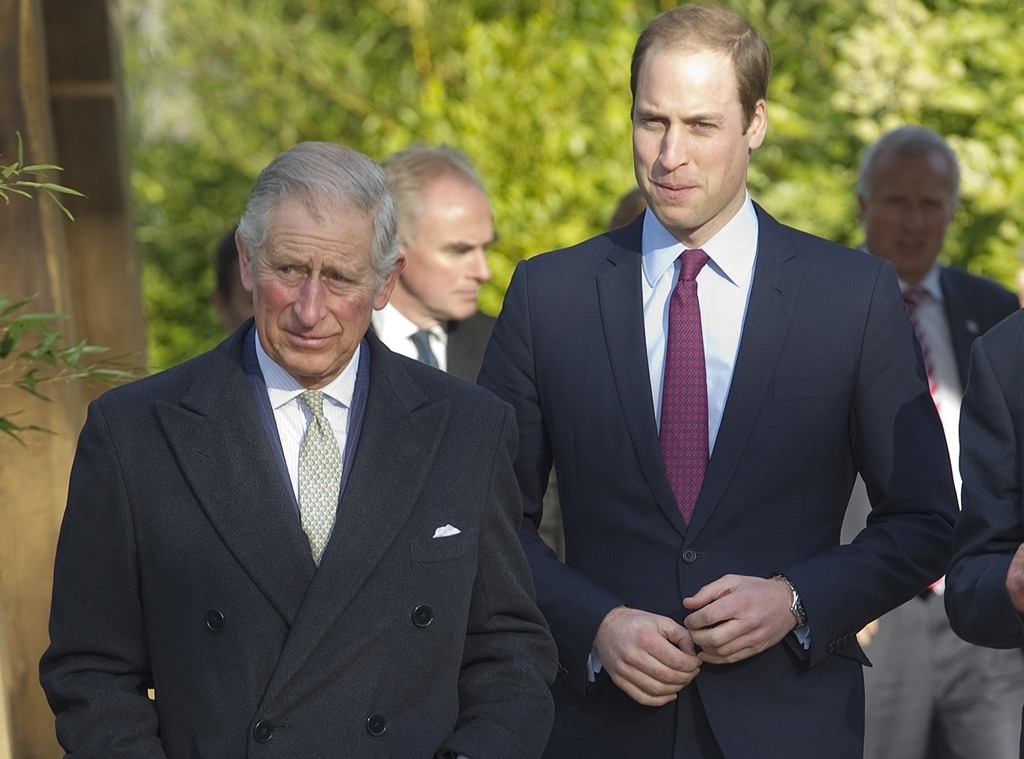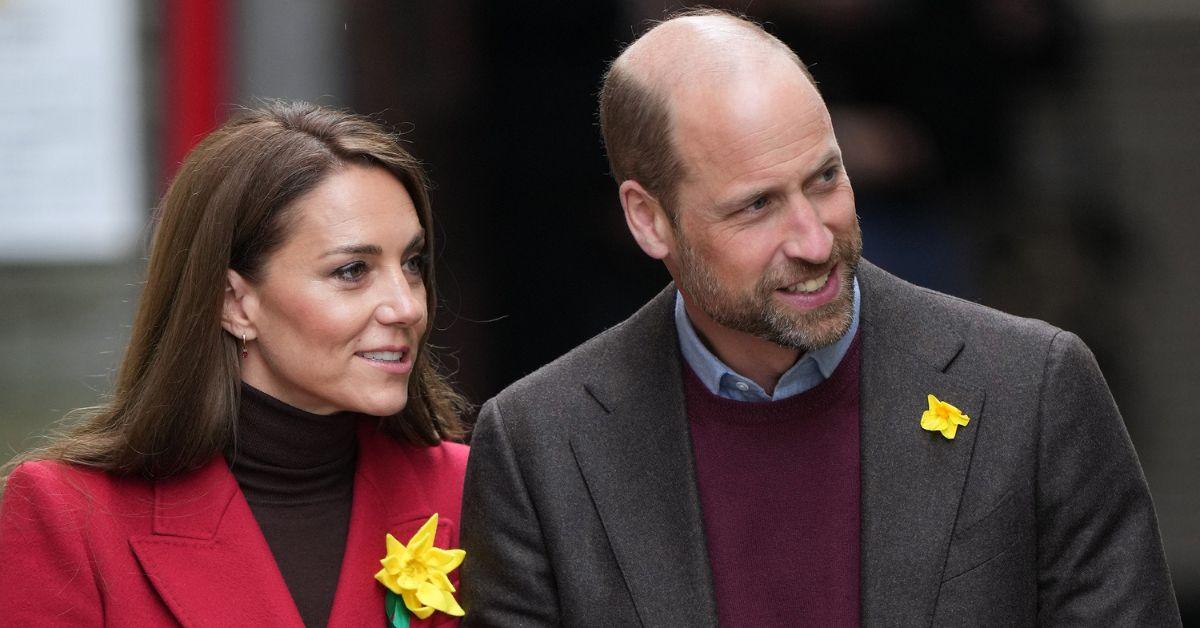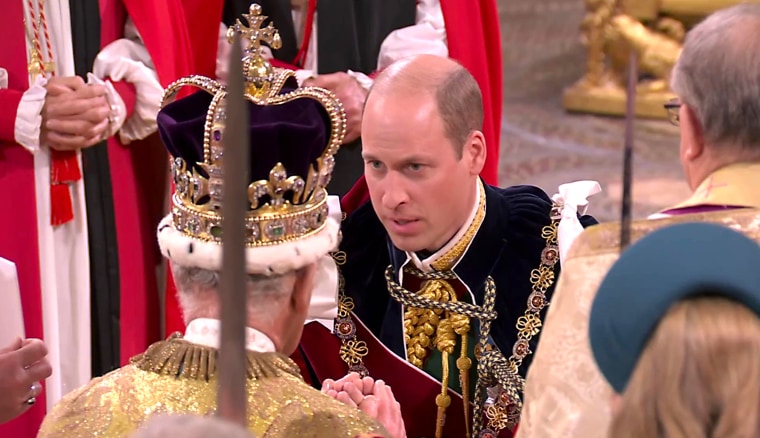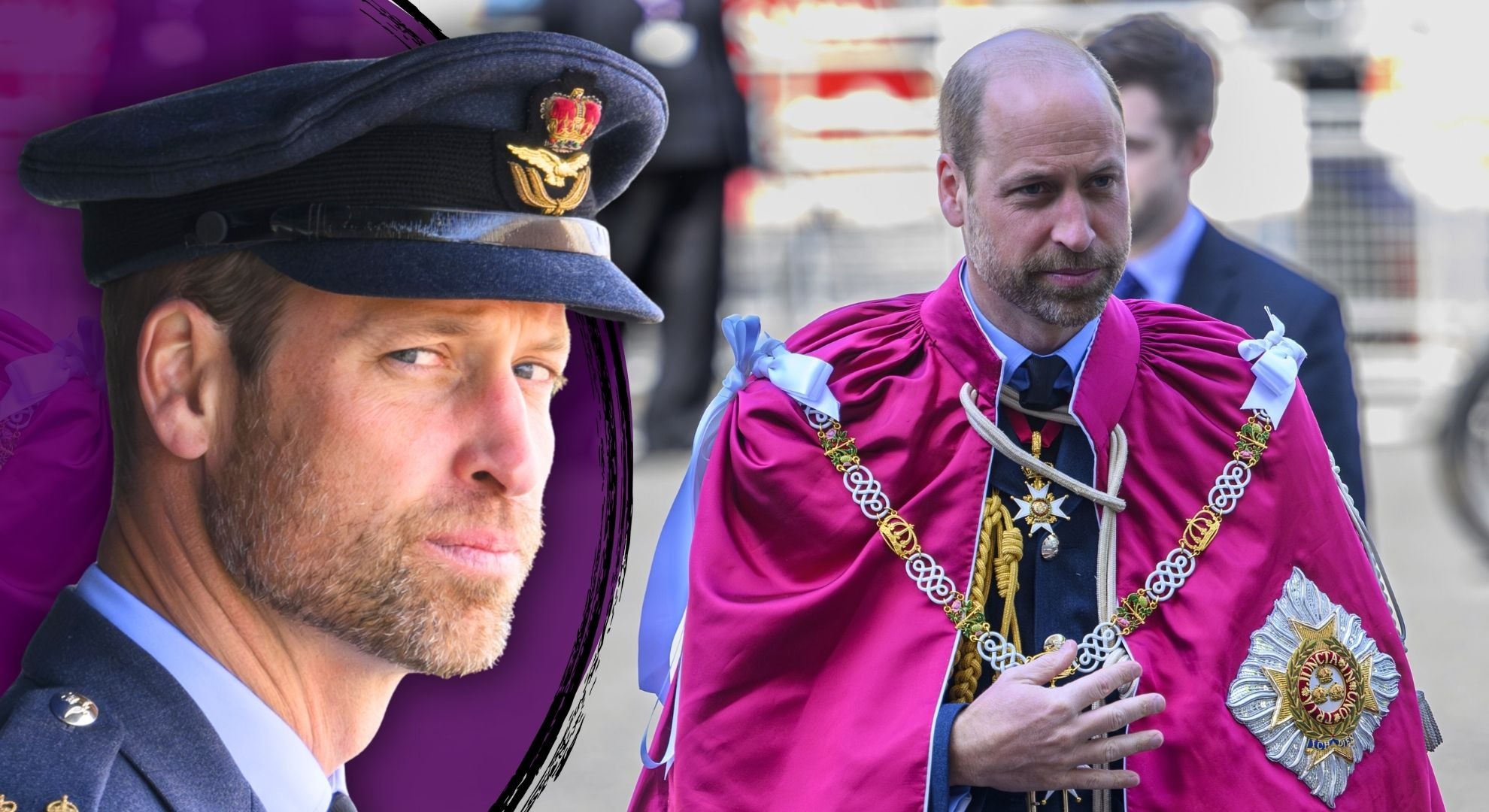The coronation of a British monarch is one of the most historic and symbolic ceremonies in the world, blending religious tradition, constitutional duty, and public celebration. While King Charles III was crowned in May 2023 following the death of Queen Elizabeth II, attention has already turned to the future — specifically, what form the coronation of Prince William, the current Prince of Wales and heir to the throne, might take.
Planning for a coronation is not unusual well in advance. Coronations require years of preparation, coordination with the Church of England, the UK government, the armed forces, and representatives of the Commonwealth. As heir, Prince William will inevitably shape the ceremony that will one day mark his accession to the throne.
Coronation Traditions and History
The coronation of English and later British monarchs has taken place at Westminster Abbey since the crowning of William the Conqueror in 1066. The ceremony is conducted by the Archbishop of Canterbury and involves the anointing with holy oil, the presentation of the crown, orb, and scepter, and the oath of allegiance.
Queen Elizabeth II’s coronation in 1953 was the first to be televised, reaching millions across the globe, and King Charles III’s coronation in 2023 was the first to include official digital and global streaming. These innovations reflect the monarchy’s efforts to remain relevant to the times while maintaining ancient rituals.

King Charles III’s Coronation: A Template for Change
King Charles III’s coronation provided a glimpse into how the monarchy adapts tradition to modern expectations. His ceremony maintained the solemnity of the anointing and crowning but introduced notable changes:
-
A shorter service than his mother’s 1953 coronation.
-
Representation from diverse faiths, with leaders of other religions participating in symbolic roles.
-
An invitation to the public to join a “homage of the people,” broadening the traditional oath of allegiance.
-
Associated events, such as a coronation concert, a day of volunteering (“The Big Help Out”), and a national Bank Holiday, designed to engage the wider public.
These adaptations demonstrated King Charles’s vision of a monarchy connected to communities across the United Kingdom and the Commonwealth.
Prince William’s Role as Heir
As Prince of Wales, William already plays a central role in royal life. Alongside Catherine, Princess of Wales, he represents the monarchy at state functions, supports charities through the Royal Foundation, and champions causes including mental health awareness, early childhood development, and climate action.
His future coronation will be both a religious service and a constitutional act, marking the formal beginning of his reign. While specific details cannot be confirmed until his accession, royal historians and constitutional experts note that heirs traditionally review and prepare ceremonial details well in advance.

Modern Expectations for a Coronation
In recent years, the monarchy has faced questions about its role in a changing society. Surveys from YouGov and reporting from outlets like BBC News show that while many in the UK value tradition, younger generations often expect modernization, inclusivity, and cost-consciousness in royal events.
Experts suggest that any future coronation will continue to reflect these themes. Adjustments might include:
-
A streamlined ceremony that is shorter in length and less costly to the public purse.
-
Representation from the Commonwealth nations, acknowledging the King’s (or future King’s) role as Head of the Commonwealth.
-
Broader involvement of interfaith representatives, reflecting the UK’s diverse population.
-
A balance of solemn ceremony with public celebrations, concerts, and community events.
The Oath of Allegiance
Traditionally, coronations involve oaths of allegiance from peers and, in recent centuries, from the Archbishop of Canterbury on behalf of the nation. In 2023, King Charles introduced an updated version, allowing members of the public to join in a “homage of the people.”
Some constitutional experts have suggested that future coronations may continue to revise or simplify these oaths, making them more accessible to the general public while preserving their constitutional purpose.
Queen Catherine’s Role at the Coronation
When Prince William is crowned, Catherine, Princess of Wales, will be crowned alongside him as Queen Consort, much as Queen Camilla was crowned alongside King Charles in 2023. Historically, consorts have participated in the ceremony, receiving a crown and anointing, though always in a supportive role to the reigning monarch.
Catherine’s role is expected to continue the tradition of consorts supporting the sovereign while highlighting her own established identity as a leading figure in charitable work, particularly in the areas of early years development and mental health.

The Regnal Name
Upon accession, a monarch may choose whether to reign under their given name or adopt a different regnal name. King Charles chose to reign as Charles III, while his grandfather, born Albert, reigned as King George VI.
It is widely anticipated that William would become King William V, though the decision will only be made upon accession. This choice carries symbolic importance, linking the new reign with historical precedent.
Commonwealth and Global Dimension
The British monarch is also Head of the Commonwealth, a voluntary association of 56 independent nations. While the role is largely symbolic, coronations provide an opportunity to emphasize these global connections. King Charles III’s coronation was attended by leaders and representatives from across the Commonwealth, and future coronations are expected to continue this practice.
For Prince William, strengthening ties with the Commonwealth may be a priority, particularly as debates continue in some realms, such as Jamaica and Australia, about their constitutional ties to the monarchy.

Balancing Tradition and Relevance
Historians emphasize that coronations evolve while maintaining continuity. The coronation of Edward VII in 1902, for example, introduced new elements of public celebration. Queen Elizabeth II’s in 1953 embraced television. King Charles III’s in 2023 embraced interfaith participation and modern accessibility.
Prince William’s coronation will likely continue this trajectory — respecting the deep traditions of Westminster Abbey while reflecting the social and cultural realities of the 21st century.

Conclusion
The coronation of Prince William, when it comes, will mark not only the beginning of a reign but also the continuation of one of Britain’s most enduring institutions. Rooted in tradition yet responsive to change, the ceremony will balance solemn religious rites with national celebration.
From the historic anointing in Westminster Abbey to the modern involvement of diverse communities and global representation, the future coronation will reflect both the monarchy’s history and its ongoing adaptation to the world today.
As King Charles III’s recent coronation demonstrated, the monarchy seeks to remain relevant while honoring centuries-old customs. Prince William’s eventual coronation will continue that mission, offering a ceremony that is both meaningful for its history and resonant for its time.

